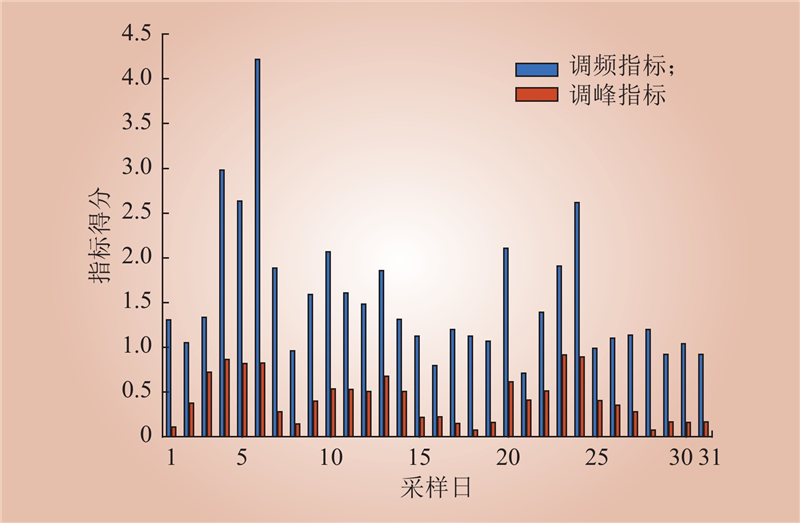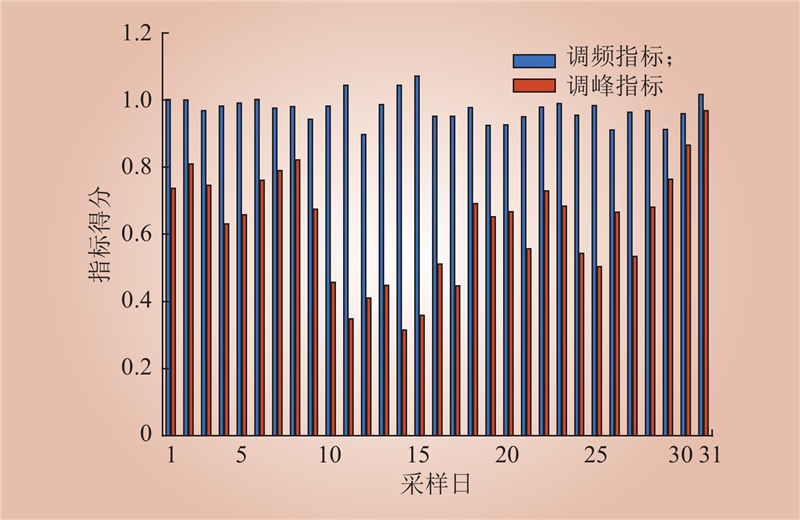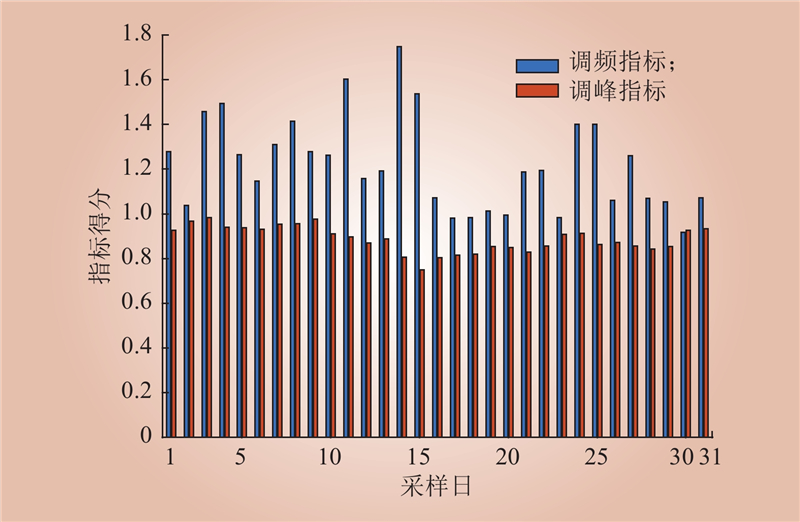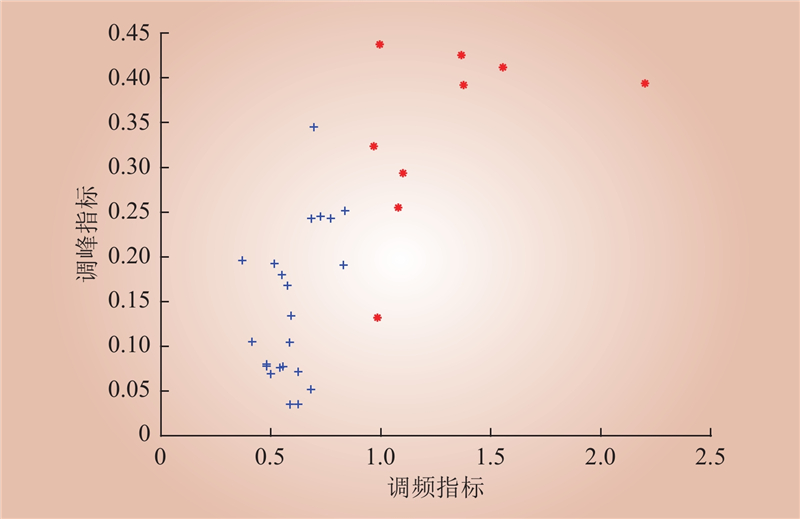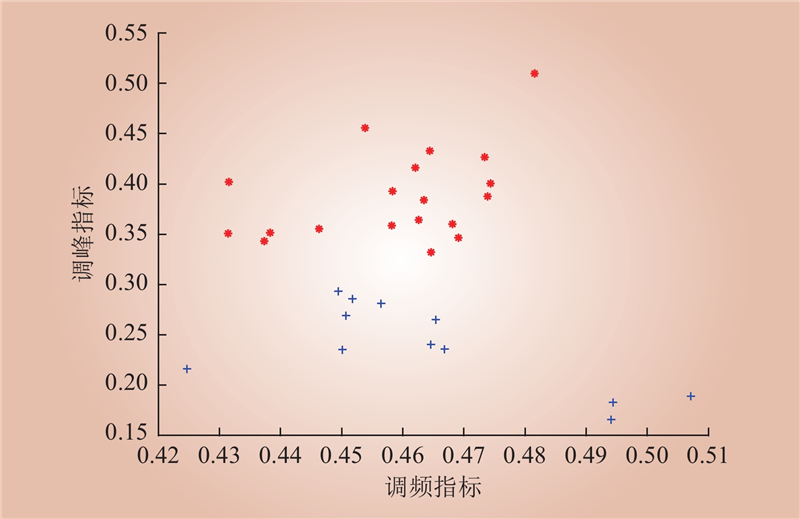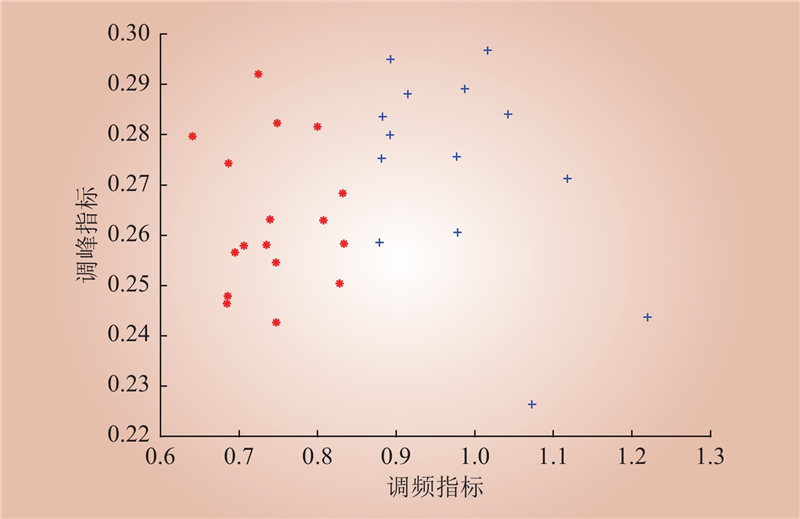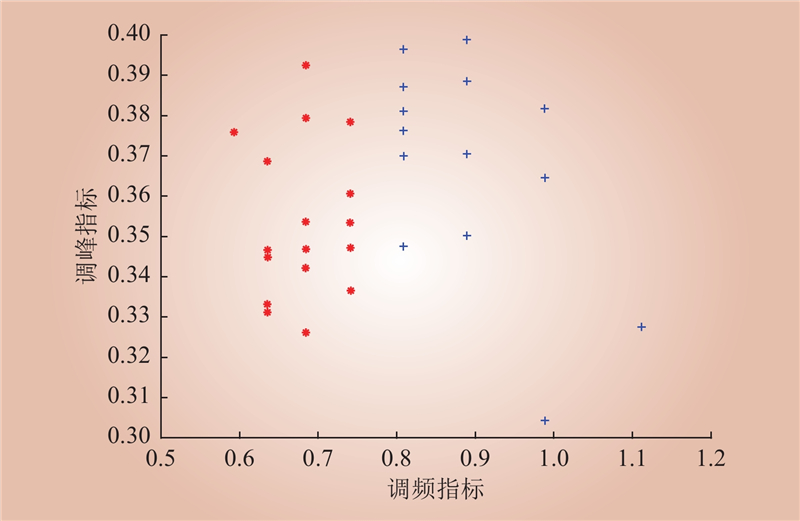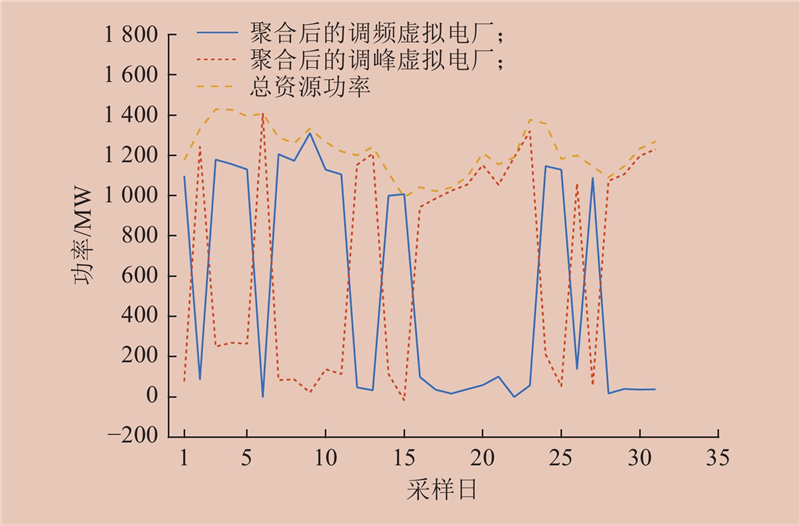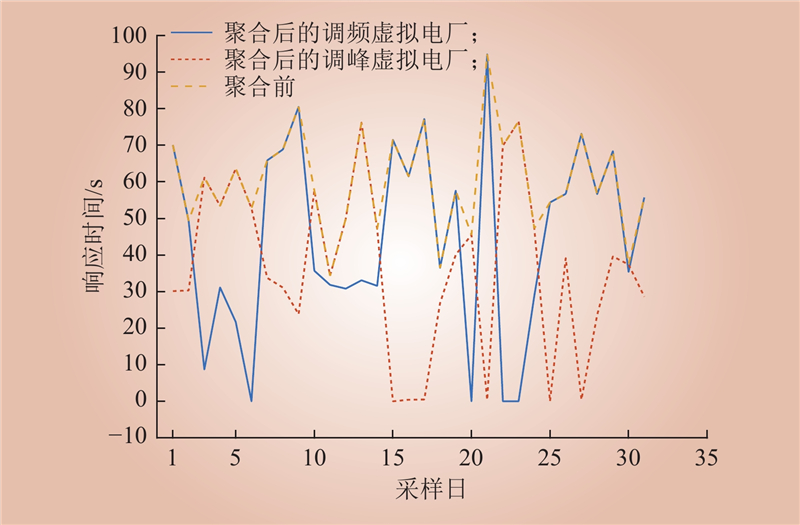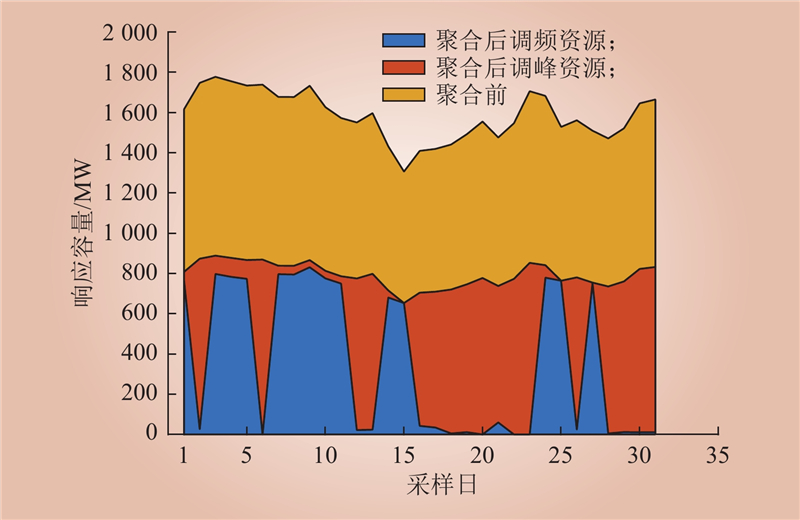| 1 |
赵本源, 熊岑, 张沛超, 等. 信息物理融合的负荷型虚拟电厂聚合方法[J]. 电力需求侧管理, 2020, 22 (1): 15- 20, 27.
|
|
ZHAO Benyuan, XIONG Cen, ZHANG Peichao, et al. Aggregation method of load virtual power plant based on cyber-physical system[J]. Power Demand Side Management, 2020, 22 (1): 15- 20, 27.
|
| 2 |
陈雨鸽, 陈昌铭, 张思, 等. 考虑时空耦合的小水电富集型虚拟电厂优化调度策略[J]. 电力系统自动化, 2022, 46 (18): 90- 98.
|
|
CHEN Yuge, CHEN Changming, ZHANG Si, et al. Optimal dispatching strategy of small hydropower enriched virtual power plant considering temporal-spatial coupling[J]. Automation of Electric Power Systems, 2022, 46 (18): 90- 98.
|
| 3 |
李嘉媚, 艾芊, 殷爽睿. 虚拟电厂参与调峰调频服务的市场机制与国外经验借鉴[J]. 中国电机工程学报, 2022, 42 (1): 37- 55.
|
|
LI Jiamei, AI Qian, YIN Shuangrui. Market mechanism and foreign experience of virtual power plant participating in peak-regulation and frequency-regulation[J]. Proceedings of the CSEE, 2022, 42 (1): 37- 55.
|
| 4 |
李相俊, 马会萌, 姜倩. 新能源侧储能配置技术研究综述[J]. 中国电力, 2022, 55 (1): 13- 25.
|
|
LI Xiangjun, MA Huimeng, JIANG Qian. Review of energy storage configuration technology on renewable energy side[J]. Electric Power, 2022, 55 (1): 13- 25.
|
| 5 |
赵健, 王奕凡, 谢桦, 等. 高渗透率可再生能源接入系统中储能应用综述[J]. 中国电力, 2019, 52 (4): 167- 177.
|
|
ZHAO Jian, WANG Yifan, XIE Hua, et al. An overview of energy storage applications in power systems with high penetration renewable energy resources[J]. Electric Power, 2019, 52 (4): 167- 177.
|
| 6 |
蔡乾, 王晶, 耿天翔, 等. 考虑新能源资源及出力特性的全局备用容量优化方法[J]. 中国电力, 2021, 54 (2): 90- 97.
|
|
CAI Qian, WANG Jing, GENG Tianxiang, et al. Global reserve optimization method considering resources and output characteristics of renewable energy[J]. Electric Power, 2021, 54 (2): 90- 97.
|
| 7 |
薛晨, 任景, 马晓伟, 等. 面向高比例新能源消纳的西北调峰辅助服务市场机制及实践[J]. 中国电力, 2021, 54 (11): 19- 28.
|
|
XUE Chen, REN Jing, MA Xiaowei, et al. Mechanism of peak regulation auxiliary electricity market in the presence of high-penetration renewable energy and its practice in northwest China[J]. Electric Power, 2021, 54 (11): 19- 28.
|
| 8 |
易锦桂, 朱自伟, 谢青. 基于改进场景聚类算法的海上风电储能优化配置研究[J]. 中国电力, 2022, 55 (12): 2- 10.
|
|
YI Jingui, ZHU Ziwei, XIE Qing. Research on optimal configuration of offshore wind power energy storage based on improved scene clustering algorithm[J]. Electric Power, 2022, 55 (12): 2- 10.
|
| 9 |
宋少群, 熊嘉丽, 张伟骏, 等. 电化学储能参与调频市场的贡献评估方法[J]. 中国电力, 2023, 56 (1): 87- 95.
|
|
SONG Shaoqun, XIONG Jiali, ZHANG Weijun, et al. A method to evaluate the contribution of electrochemical energy storage participating in frequency regulation market[J]. Electric Power, 2023, 56 (1): 87- 95.
|
| 10 |
陈岩, 靳伟, 王文宾, 等. 基于电动汽车分群的“风-网-车”联合消纳调度策略[J]. 中国电力, 2021, 54 (4): 107- 118.
|
|
CHEN Yan, JIN Wei, WANG Wenbin, et al. "Wind grid vehicle" joint consumption and scheduling strategy based on electric vehicle clustering[J]. Electric Power, 2021, 54 (4): 107- 118.
|
| 11 |
蒋怡静, 于艾清, 黄敏丽. 考虑用户满意度的电动汽车时空双尺度有序充电引导策略[J]. 中国电力, 2020, 53 (4): 122- 130.
|
|
JIANG Y J, YU A Q, HUANG M L. Coordinated charging guiding strategy for electric vehicles in temporalspatial dimension considering user satisfaction degree[J]. Electric Power, 2020, 53 (4): 122- 130.
|
| 12 |
马宗彪, 许素安, 朱少斌, 等. 基于特征加权模糊聚类的电力负荷分类[J]. 中国电力, 2022, 55 (6): 25- 32.
|
|
MA Zongbiao, XU Su'an, ZHU Shaobin, et al. Power load classification based on feature weighted fuzzy clustering[J]. Electric Power, 2022, 55 (6): 25- 32.
|
| 13 |
程临燕, 冯艳虹, 徐林. 基于风光互补出力特性的可消纳容量研究[J]. 中国电力, 2019, 52 (7): 63- 68.
|
|
CHENG Linyan, FENG Yanhong, XU Lin. Consumptive capacity research based on wind-solar hybrid characteristics[J]. Electric Power, 2019, 52 (7): 63- 68.
|
| 14 |
周海浪, 刘一畔, 陈雨果, 等. 考虑灵活性收益的需求侧资源可行域聚合方法[J]. 中国电力, 2022, 55 (9): 56- 63.
|
|
ZHOU Hailang, LIU Yipan, CHEN Yuguo, et al. Demand side feasible region aggregation considering flexibility revenue[J]. Electric Power, 2022, 55 (9): 56- 63.
|
| 15 |
WANG S Y, WU W C. Aggregate flexibility of virtual power plants with temporal coupling constraints[J]. IEEE Transactions on Smart Grid, 2021, 12 (6): 5043- 5051.
DOI
|
| 16 |
胡洋, 田兵, 雷金勇, 等. 面向能源互联的分布式发电系统聚合服务运营模式分析[J]. 中国电力, 2020, 53 (8): 1- 8.
|
|
HU Yang, TIAN Bing, LEI Jinyong, et al. Analysis on the operation mode of aggregation service for distributed generation system for the future energy Internet[J]. Electric Power, 2020, 53 (8): 1- 8.
|
| 17 |
ZHANG Y L, PAN W W, LOU X D, et al. Operation characteristics of virtual power plant and function design of operation management platform under emerging power system[C]//2021 International Conference on Power System Technology (POWERCON). Haikou, China. IEEE, 2022: 194-196.
|
| 18 |
徐佳敏. 虚拟电厂参与电网有功协调优化调度综合评价技术研究[D]. 北京: 华北电力大学(北京), 2019.
|
|
XU Jiamin. Research on comprehensive evaluation technology of virtual power plants participating in optimal active power dispatching[D]. Beijing: North China Electric Power University, 2019.
|
| 19 |
杨文海. 城市电网需求侧能源资源动态聚合决策及信息系统研究[D]. 北京: 华北电力大学(北京), 2018.
|
|
YANG Wenhai. Research on dynamic aggregation decision and information system of energy resources on demand side of urban power grid[D]. Beijing: North China Electric Power University, 2018.
|
| 20 |
关舒丰, 王旭, 蒋传文, 等. 基于可控负荷响应性能差异的虚拟电厂分类聚合方法及辅助服务市场投标策略研究[J]. 电网技术, 2022, 46 (3): 933- 943.
|
|
GUAN Shufeng, WANG Xu, JIANG Chuanwen, et al. Classification and aggregation of controllable loads based on different responses and optimal bidding strategy of VPP in ancillary market[J]. Power System Technology, 2022, 46 (3): 933- 943.
|
| 21 |
赵建立, 向佳霓, 汤卓凡, 等. 虚拟电厂在上海的实践探索与前景分析[J]. 中国电力, 2023, 56 (2): 1- 13.
|
|
ZHAO Jianli, XIANG Jiani, TANG Zhuofan, et al. Practical exploration and prospect analysis of virtual power plant in Shanghai[J]. Electric Power, 2023, 56 (2): 1- 13.
|
| 22 |
赵力航, 常伟光, 杨敏, 等. 电力市场环境下虚拟电厂两阶段能量经济优化调度[J]. 中国电力, 2022, 55 (10): 14- 22.
|
|
ZHAO Lihang, CHANG Weiguang, YANG Min, et al. Two-stage energy economic optimal dispatch of virtual power plant in deregulated electricity market[J]. Electric Power, 2022, 55 (10): 14- 22.
|
| 23 |
李孟阳, 李国杰, 汪可友, 等. 考虑需求响应及调频性能变化的虚拟电厂日前投标策略[J]. 电力系统保护与控制, 2023, 51 (3): 13- 25.
|
|
LI Mengyang, LI Guojie, WANG Keyou, et al. Bidding strategy of virtual power plant considering demand response and frequency modulation performance change[J]. Power System Protection and Control, 2023, 51 (3): 13- 25.
|
| 24 |
白雪岩, 樊艳芳, 刘雨佳, 等. 考虑可靠性及灵活性的风光储虚拟电厂分层容量配置[J]. 电力系统保护与控制, 2022, 50 (8): 11- 24.
|
|
BAI Xueyan, FAN Yanfang, LIU Yujia, et al. Wind power storage virtual power plant considering reliability and flexibility tiered capacity configuration[J]. Power System Protection and Control, 2022, 50 (8): 11- 24.
|
| 25 |
李英量, 周丽雯, 王德明, 等. 计及用户分级的虚拟电厂经济调度[J]. 电力系统保护与控制, 2022, 50 (16): 121- 130.
|
|
LI Yingliang, ZHOU Liwen, WANG Deming, et al. Virtual power plant economic dispatching considering user classification[J]. Power System Protection and Control, 2022, 50 (16): 121- 130.
|


